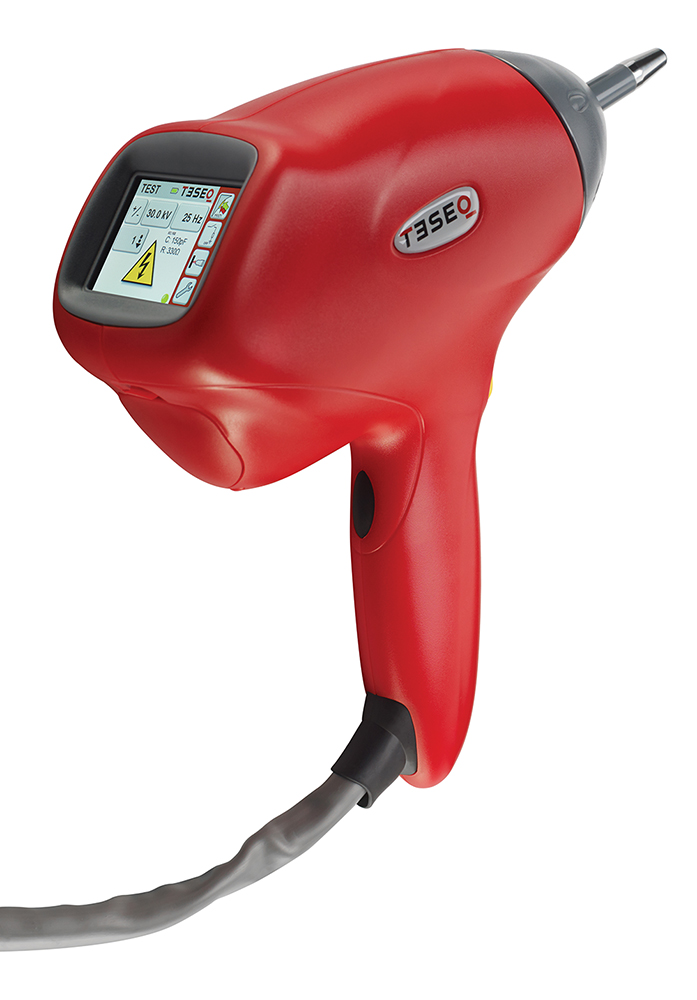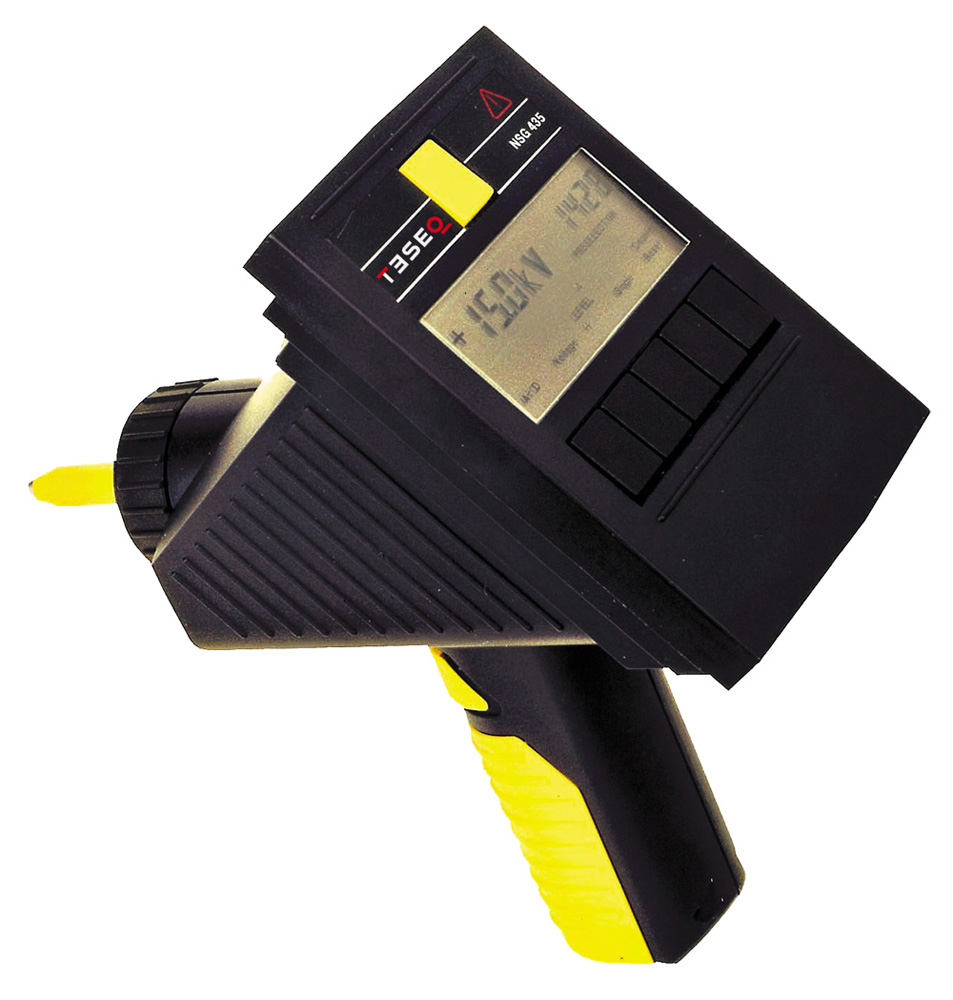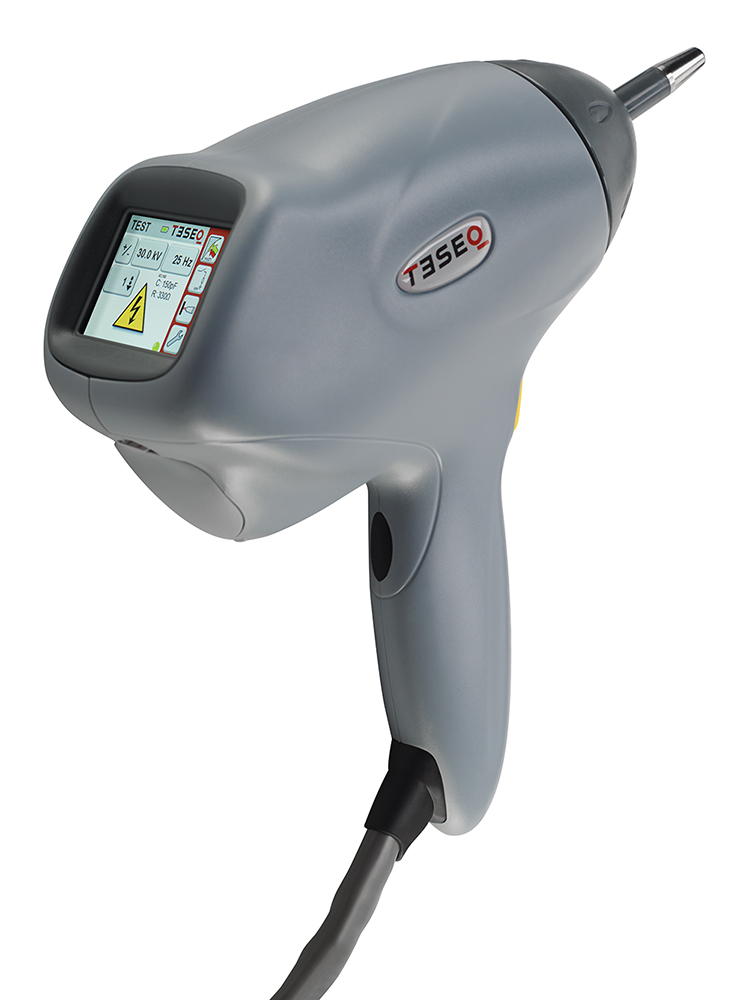Fully Automated Robotic ESD Testing
- Complete solution for robotic applications
- Compact and specially designed housing
- Unique robotic air-discharge adapter
- Fully compliant with IEC/EN 61000-4-2 and ISO 10605
Description
Complete system solution with 30 kV ESD simulator for robotic applications.
Today’s growing trend towards miniaturizing and more comprehensive product standards means that ESD testing is now required not only for operating controls, but also for any associated peripheral devices such as sensors, actuators and controllers. Many of these devices have multi-pin connectors with high pin counts. In order to meet space restrictions, these pins are often arranged close together.
However, conventional air-discharge testing of these closely spaced pins is problematic because the airdischarge arc may jump to an adjacent pin instead of the pin intended for test. With an innovative robotic air-discharge adapter accessory, Teseq provides a tool which will prevent unintentional discharge paths. Furthermore, the approach speed, which is crucial for reliable air-discharge testing, can be programmed as a constant.
ESD testing of connectors often requires that each individual pin is tested for an extensive range of conditions including multiple discharges, polarities, voltage settings, and even R/C networks. Connector testing can take many hours or even days of monotonous, precise effort to complete. As a result, when this testing is done manually it is prone to errors. The advantage of robotic testing is that these procedures can be automated and precisely executed, ensuring a level of repeatability that cannot be achieved with manual testing.
| Parameter | Value |
|---|---|
Description | Compact ESD simulator with microprocessor-based, large touchsensitive LCD panel, built-in HV relay for contact-discharge, battery and mains operation |
Basic set | Carrying case with: discharge pistol, cradle for discharge pistol, high voltage base unit with built-in battery pack, mains adapter and battery charging unit (100 to 250 VAC), discharge network 150 pF/330 Ω, air- and contact-discharge tips, grounding cable,user manual |
Pulse data | Standard: conforms to IEC/EN 61000-4-2 (2001) |
Standard pulse networks | Network 150 pF/330 Ω as per IEC/EN 61000-4-2 |
Discharge voltage | Air-discharge: 200 V to 30 kV (in 100 V steps) |
Discharge tips | Ball and point as per IEC, exchangeable by threaded cap |
Charging voltage measurement | kV, air-discharge, dynamic accuracy better than ±5% |
Discharge detection (air-discharge only) | Indicated by the kV symbol being displayed in inverse, also acoustically in the ‘Single’ operating mode |


